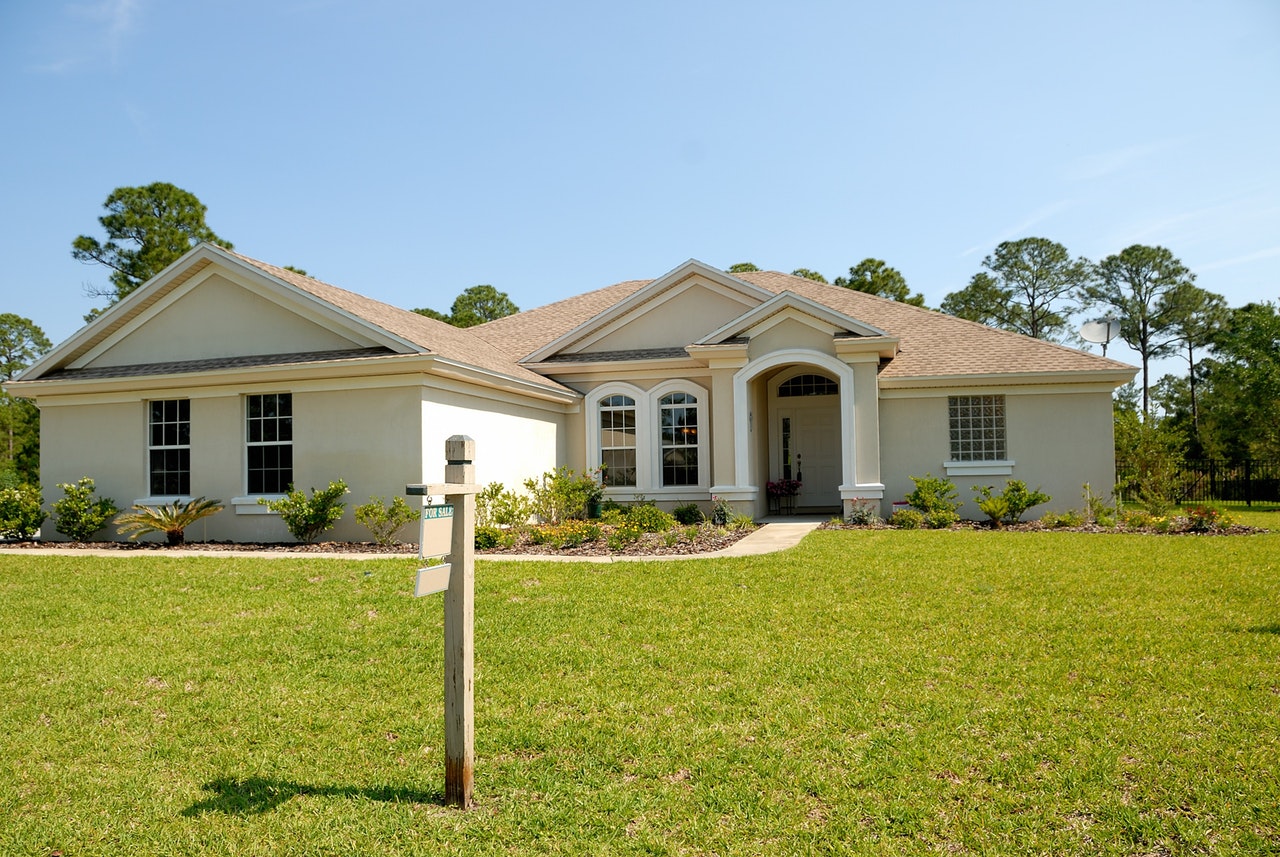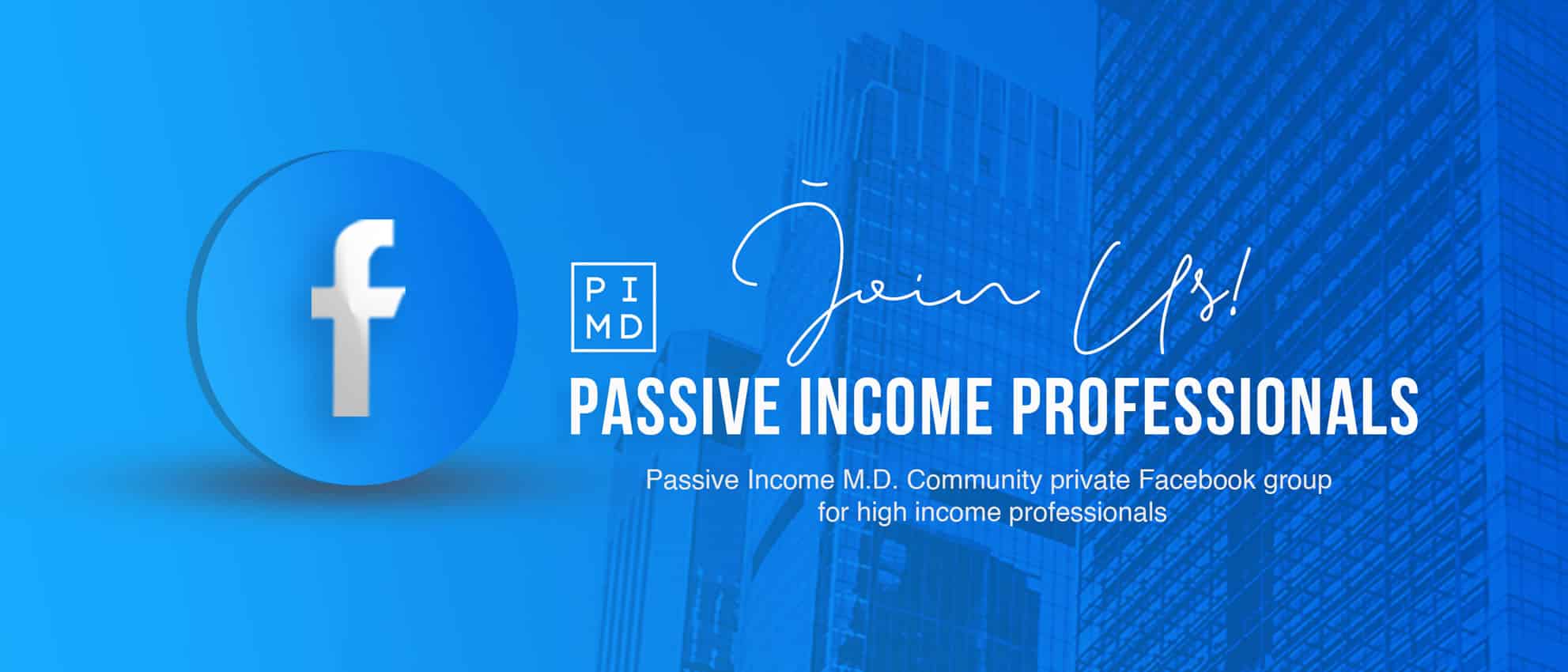
Build Your Real Estate Portfolio with the BRRRR Method
This post may contain links from our sponsors. We provide you with accurate, reliable information. Learn more about how we make money and select our advertising partners.
Physicians are huge fans of using acronyms – SOB, CHF, CABG, COPD, PE . . . these are just a few off the top of my head. In these cases, they stand for conditions none of us would like to have.
Of course, acronyms run rampant in other industries as well. There are tons of them in the real estate investing world, for example, and I’ve talked about some of them before, like CoC. One of my favorite acronyms, however, is BRRRR. It’s a real estate investment strategy that people love to use, and here’s what it stands for:
Buy – Rehab – Rent – Refinance – Repeat
I’ll cut to the chase. The point of this strategy is to help you acquire and build a portfolio of cash-flowing properties with little or no additional capital after purchasing the first investment property.
What does that mean? Well, let's say you've diligently saved up for a rental property and maybe it's taken you a while to accumulate the amount for a down payment. You know you want to purchase a second property but saving up from scratch again will likely take you a while. However, what if you were able to acquire that next property without having to save up all those funds again? That's the point of the BRRRR method.
No, it’s not a get-rich-quick scheme, but it is a strategy that many people have used to build up a nice passive income portfolio without having to save a ton for a down payment each investment.
Many physicians ask how to go about acquiring rental real estate, especially early in their career when additional capital is difficult to come by. If you’ve wondered this as well, then join me as we go a little deeper into what this method is all about.
Buy
An old proverb of real estate investing is that you make money when you buy. Find a good deal and you’ll set yourself up for future financial success. Buy poorly, and actually making money becomes a long, difficult road.
This is true, but don’t get so caught up trying to find the perfect investment that you never end up buying anything (analysis paralysis). Yes, good investments can be difficult to discern, but that’s why it’s important to learn how to evaluate properties and work with real estate numbers. Your first buy will be the hardest, as they say, but afterward, you’ll have the experience and confidence to make further wise investments.
What is the goal of this purchase? It’s to buy a property that you think ultimately has some upside potential or is undervalued – it could use a little fixing up, or is in an improving area. Just so you know, the goal isn’t to flip the property, which I don’t do. In fact, the plan should be to hold onto it indefinitely (or at least for a while). The buy and hold mindset is absolutely different than someone looking to flip a house quickly.
You're most likely going to use financing for this purchase. For an investment property, lenders will typically want you to put down at least 20-25%. You're going to want to make sure you at least have that amount in cash as well as some extra to cover closing costs and reserves for this first property.
Rehab
The idea is simple – after purchasing the investment property, fix it up in a way that makes it livable and increases the value. Of course, you probably won’t want to get a home that requires the amount of rehab you see on those home-flipping shows on HGTV, but maybe a property that could use a little freshening up.
Examples of rehabs that add value include fixing the kitchen with reasonably priced additions, paint, changing out the carpet for hardwood floors, fixing up the bathrooms. It also needs to be doable in a way that doesn’t consume all of your time for the foreseeable future.
Knowing where to get the most bang for your buck in terms of rehab is something that comes with experience and having a good contractor.
Rent
In order to refinance a rental property (this step comes next), banks will want to see that it is producing income. So you’re going to want to fill it with good tenants after you rehabbed the property.
How do you find good tenants? Well, there are no guarantees, but it’s important to screen diligently and be strict about it. I’ve learned the hard way with my apartment building. Relax your standards, like credit score, or be lazy about calling references, and you can get burned pretty badly.
Then there’s the question of hiring a property manager. Whether you should or shouldn't is a personal decision. Most of the time, I think it’s in your best interest. Sure, you’d be saving some money and increase your cash flow, but your time as a busy professional is worth something, in fact, it's worth quite a lot.
People say you average about five to ten hours a month managing a property. That doesn’t seem like much, but for high-income professionals, those hours can be worth quite a bit. Especially if the alternative is doing something that you love, like spending time with your family.
So find good tenants, make appropriate assumptions about expenses and hopefully, it'll cash flow for you.
Refinance
The next step involves refinancing the property, and there are a few things to consider.
First, the seasoning period. Before they'll refinance the property on the appraised value, banks will look at how long you’ve owned the property, as well as how long it’s been rented out. At a certain point, the bank considers the property “stabilized.” But what is that point?
Some banks are apparently willing to refinance immediately after rehabbing and renting out the property and base the loan on the appraised value. However, for the most part, a typical seasoning period is at least one year of ownership.
Once you’ve reached that point, how do you find a good bank? Most of us only think of the large national chains that are sitting on the major street corners. However, there are so many different smaller and local banks looking to fund investors–if the deal makes sense. You should ask around on forums, and frequent real estate investor meetings to find out.
Lenders will typically loan up to 75% of the appraised value of the property. For example, if the property appraises for $160,000, they will let you refinance and take out a $120,000 loan.
Repeat
By now, you should’ve received some cash from the refinance after taking a loan for 75% of the appraised value and after paying off the original loan. This helps free up capital, which enables you to go and purchase another property. It’s one way to help you grow and build a portfolio of rental properties without having to continually save up a large amount of capital.
Just repeat the cycle to continually purchase and recycle capital. People use this strategy with all types of rental properties, from single-family homes to duplexes, to quads, and even apartment buildings.
Example of the BRRRR Method
Here’s an example of what some of the numbers may look like using this method. Disclaimer, this is a very simplified model. (Did not include fees, taxes, mortgage pay down, etc for simplicity.)
- BUY a property for $100,000
- Down Payment of $25,000
- Take out a loan for $75,000
- REHAB property with $20,000
Total Investment of $45,000 (Down payment + Rehab Costs)
- RENT out the property for $1200/month.
- REFINANCE the property for an appraised value of $160,000 a year later.
- The bank allows you to take out a loan for 75% of the appraised value ($160,000 x .75 = $120,000).
- Take the $120,000, pay off the original loan for $75,000, and that leaves you with $45,000 in cash (the same as your initial investment) to go out, REPEAT, and find another property.
- In the meanwhile, you have one property under your belt that is cash-flowing already.
This is an example using a smaller property, but people buy multifamily properties all the time with this method using large numbers, cash out refinance, and use the funds to purchase the next property.
In fact, this is the strategy my partner and I are considering for purchasing another multifamily property in the future.
Pros and Cons of the BRRRR Method
As with anything, there are some upsides and downsides to the BRRRR method.
Pros
- Don't have to wait to save up the down payment and repair capital for each property. You can save up for it for the first property and use the money from the refinance for future purchases.
- Helps you to build a nice real estate portfolio relatively quickly depending on how soon your refinance
- Build and force equity
Cons
- If the property doesn’t appraise well, it could be an issue refinancing and getting anything back
- Tough in a down market
- Have to deal with the hassle of rehab
- With each refinances, you strip the equity down to 25% so all your properties will stay relatively highly leveraged
Conclusion
The BRRRR method is a powerful way to grow a portfolio. Normally if you want to buy multiple properties, you have to save up each time for the down payment as well as any money for the rehab. If they're smaller purchases like those in my example of Buy a Property a Year and Retire Early, you'll likely be able to save up for the down payment each year.
However, in the case of more expensive purchases like a duplex or multifamily, it may not be that easy to quickly come up with a couple hundred thousand dollars especially if there's some rehab involved. So with this method, you're able to continue to recycle capital to more quickly purchase future properties.
It just goes to shows that with real estate, there are multiple ways to be clever using leverage and strategy. But of course, you have to be smart and plan for contingencies just like with any other investment.
Have you used the BRRRR method? Does it sound like a good way to build a real estate portfolio?
Disclaimer: The topic presented in this article is provided as general information and for educational purposes. It is not a substitute for professional advice. Accordingly, before taking action, consult with your team of professionals.



